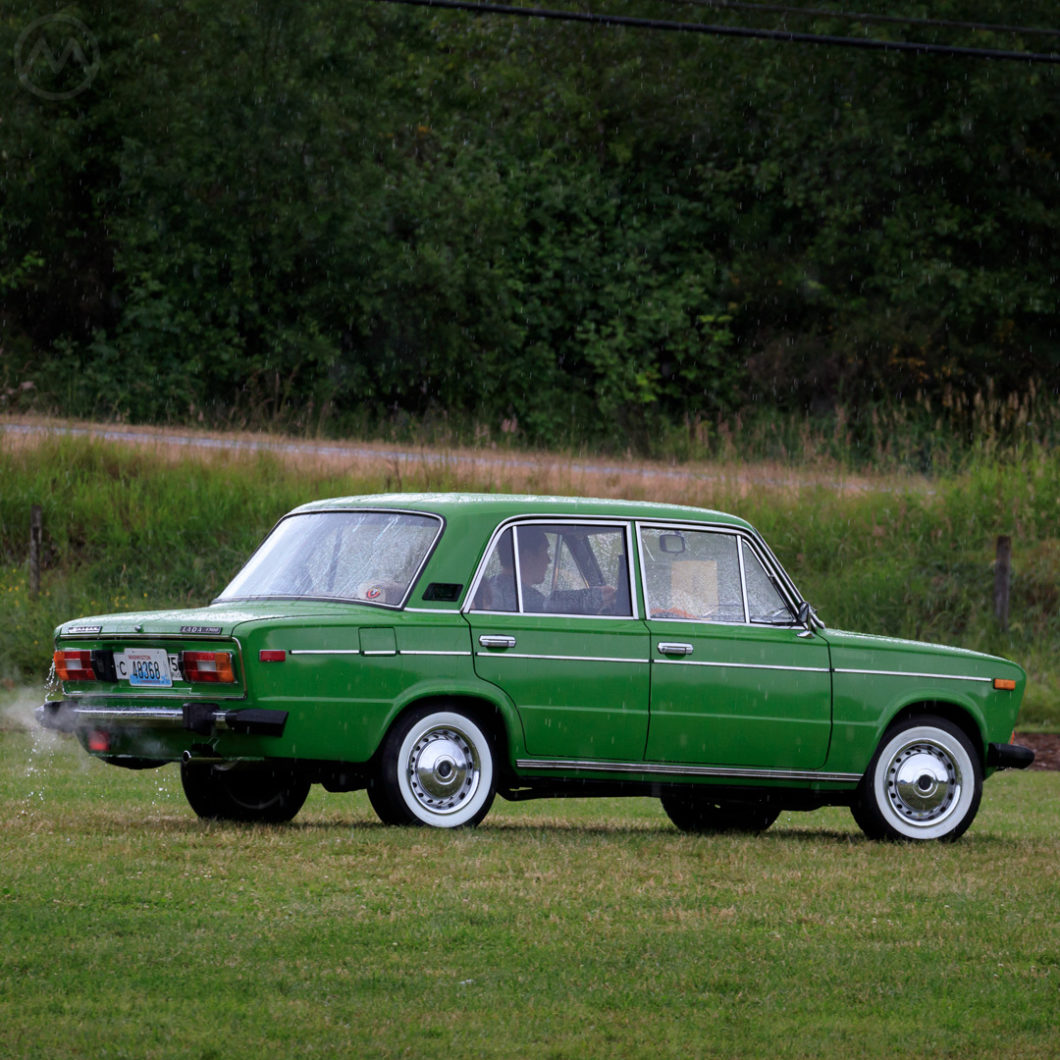The definitive version in Soviet times was the VAZ-2106, but there were many iterations of the basic Lada package. What else would you expect from a car with such a long lifespan? The first Ladas rolled off the line on Lenin’s 100th birthday – April 19, 1970. The last ones were built in September, 2012.
Over that long period, Ladas ranged from sedate proletarian sedans to rotary-powered police interceptors – but all retained the basic brick shape inherited from the Fiat 124. Lada itself is a construct intended for Western consumption – the cars were better known at home under the Zhiguli (Жигули) label, named for the hills near the factory. Lada was a label created for exports but later supplanted the home-grown names in the 1990s.
The VAZ name originally stood for Volzhsky Avtomobilny Zavod or, roughly, “Volga Automobile Plant,” which is not to be confused with the unrelated GAZ Volga brand of car. The sprawling factory was built in the late 1960s in Tolyatti on the Volga River, about 400 miles east of Moscow. Today it’s called AvtoVAZ (АвтоВАЗ) and a part of Renault, but the factory is still one of the largest car factories in the world.
The “classic” Ladas were eventually built at other facilities, but the factory and the car are cultural touchstones in Russia and well known around the world.
The story begins before the Fiat was even a finished design, arguably on October 14, 1964 – the day Nikita Khrushchev was ousted as First Secretary of the Soviet Union and replaced by Leonid Brezhnev and, secondarily, Alexei Kosygin.
The Brezhnev–Kosygin Era
The reasons for Khrushchev’s departure were numerous, but failed reforms in both industrial and agricultural planning were high on the list. All through the early 1960s the pages of Pravda were filled with editorials calling for better planning, more accountability in decision making, and incentives for workers to be more productive.
In terms of accountability, this meant planning for actual production targets based on efficiency rather than whatever made X or Y bureaucrat happy.
Soviet Industrial planners had routinely underestimated production outputs to then look good by producing more than was needed. When they had excess supplies, they couldn’t do anything with them. If they got bad parts, they couldn’t get rid of them. Khrushchev’s efforts had vaguely decentralized industrial planning but not given much control to the enterprises that actually produced things. With him out of the way, there was an opportunity for reform.
It was Kosygin who enacted the economic reforms of 1965, which were characterized by new ways of lending money to businesses, new management tactics for efficiently building things, and new schemes in which productive and talented workers were rewarded with bonuses. The reforms were to be enacted as part of the Soviet Union’s Eighth Five-Year Plan.
Efficient industrial production was needed not just to bolster the economy, which had faltered under Khrushchev, but also to meet the Soviet Union’s largest goal in that five-year plan – a three-fold increase in overall car production.
The other side of the coin in the Brezhnev–Kosygin plans was creating things Soviet citizens wanted to buy and own – TV sets and Stereos and furniture were alright, but cars? People definitely wanted cars, and the thinking was that people would work harder and be more productive if they felt they could get one, and be happier if they had one. But in 1964, the Soviet Union didn’t have enough capacity to make that happen for most of the population.
In 1966, as part of the Eighth Five-Year Plan, the Central Committee started a massive project to find an international partner, construct a massive factory, and start building cars as early as 1969-70.
The Italian Connection
Though the economic reforms meant things were going to be done in a more business like way, the partner that got chosen was one that had political connection – Fiat. The partner car was going to be the Fiat 124.
The city of Tolyatti was so named for Italian Communist politician Palmiro Tolyatti. Tolyatti had been the leader of the Italian Communist Party – and it commanded wide support in Italy – since 1927 and had died in Yalta in the summer of 1964 while on an errand, supposedly, to lend political support to Brezhnev. Not long after, Stavropol-on-Volga became Tolyatti.
The Soviet Union and Italy had a very good relationship because of the influence of Communism there, and a significant number of Italian working class voters supported Communist and Socialist political parties. A working relationship was already there.
The Soviet Union’s Scientific and Research Automobile and Engine Institute, better known as NAMI (an acronym for it’s Russian name – Научно-исследовательский автомобильный и автомоторный институт), wasn’t all that happy with this choice. They also supposedly tested and made overtures about several foreign designs including the Morris 1100 (ADO16), Ford Taunus 12M, Peugeot 204, Skoda 1000MB, and the Renault R16, preferring the Renault.
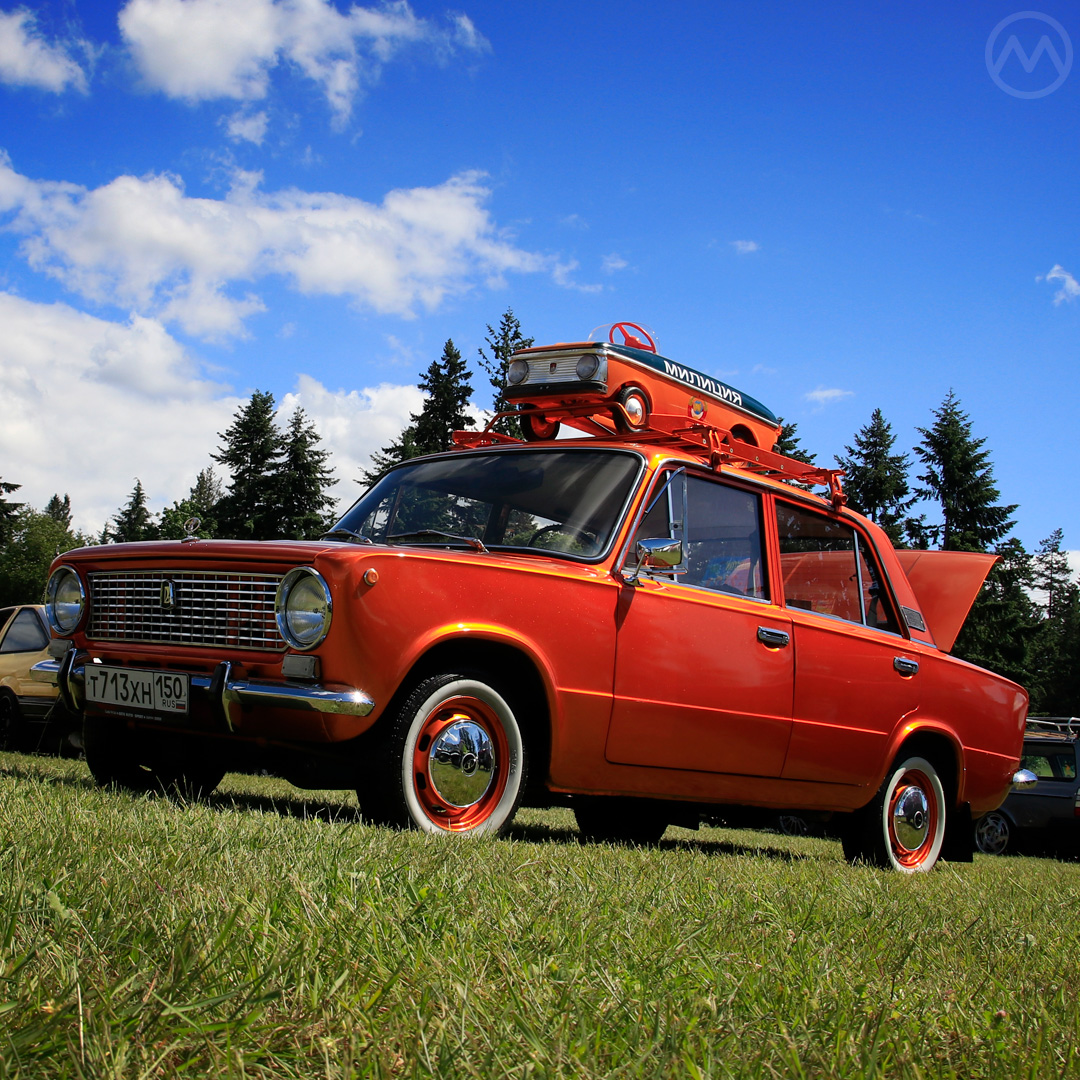
Auto minister Alexander Tarasov, however, had good reasons beyond political considerations to go with Fiat. The Italian giant already had license partners in many countries that it had trained to make its cars at a huge scale such as Seat in Spain and Zastava in Yugoslavia. The Italians would soon have a connection in Poland via FSO.
The first preliminary agreement for technology and knowledge sharing was signed by Tasarov and longtime Fiat President Vittorio Valetta in the summer of 1965. The following summer, Viktor Polyakov was appointed director general of the new factory and Vladamir Solovyev the technical director for the car project. Groundbreaking began in Tolyatti in January of 1967.
Fiat 124 to VAZ-2101
The car selected as the basis for the new Russian car was Fiat’s brand-new 124 sedan. As NAMI found, it wasn’t exactly a perfect fit at first.
The 124 sedan had only barely finished testing itself when test cars began arriving in Russia for evaluation in the summer and fall of 1966. It was a brand new car but powered by a wheezy old 1200-cc OHV four. The Russian engineers at a special testing range near Moscow hated this engine and considered it unsuitable for their car.
Worse yet, the 124 shell was clearly not built for Russia’s roads – the shells began flexing and the suspensions wore out quickly in heavy testing. Supposedly, after just 12,000km, some of the cars showed stress cracks in the A and C pillars.
This sent the Italian engineers scrambling for solutions. They offered the blueprints of the new twin-cam Fiat engine that would soon debut in the 124, but the Russian team preferred to design their own engine. They also wanted to design their own suspension and change the shell, and began almost right away doing just that – both with and without Dante Giacosa’s help at Fiat.
The first car, the VAZ-2101, looked more or less identical to the Fiat 124 on the outside. That leads some people to believe they’re the same and broadly, they are – but underneath, Solovyev’s team made significant changes.
The VAZ used a completely different engine, developed at home in Russia. This 1,198-cc single-overhead-cam unit was all new and arguably better than Fiat’s old OHV unit. It also had a lot of room for future expansion – eventually hitting 1.7L.
The shell was greatly reinforced – up to 10% thicker in certain places. The rear disc brakes on the Fiat, an advanced feature for a family car in 1966, were binned in favor of rear drums which were simpler and whose internal pieces did not get muddy.
The suspension was raised, made of much thicker metal, and given beefier bushings to cope with Russian roads. There were also provisions for a crank start and a manual fuel pump for use in places like Siberia.
Although it was a Fiat 124 fundamentally, the first Zhiguli was very much tailored for Russia’s varied conditions and the engineers did a good job of setting up a durable product.
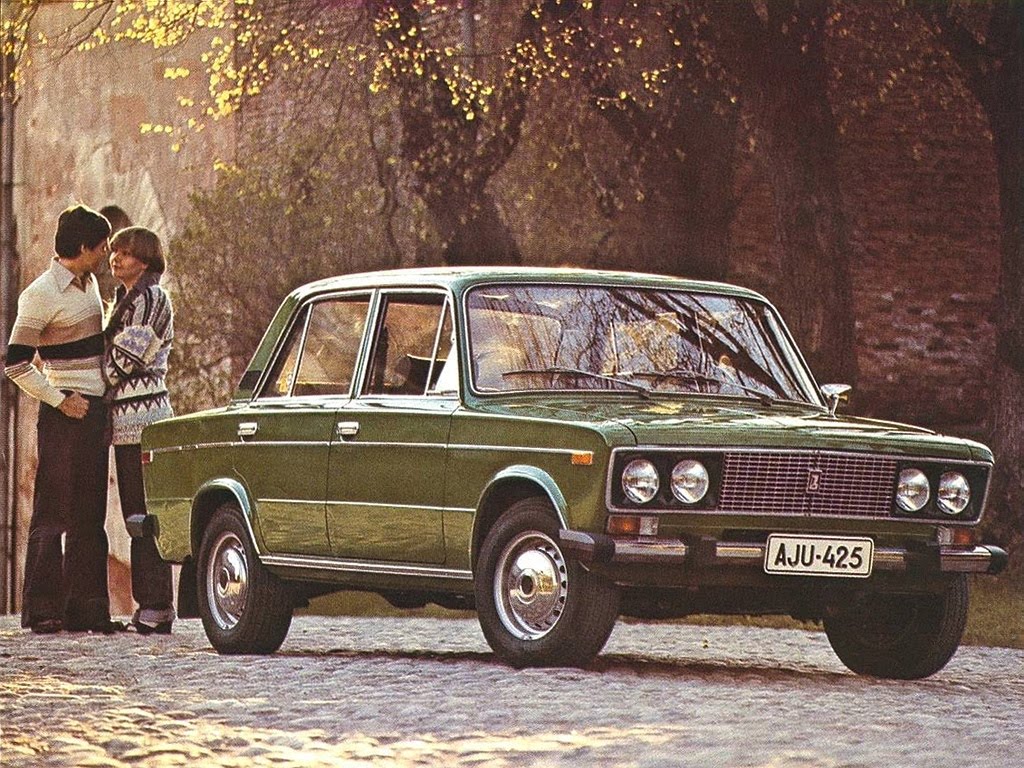
The factory, meanwhile, was built to enormous dimensions. It was not yet fully complete when the first cars rolled off the line in 1970, but it was built with the idea of putting everything under one roof – not dissimilar from Henry Ford’s River Rouge complex, which had in turn inspired another Russian car factory, the GAZ complex in Nizhny Novgorod, then called Gorky.
At Volzhsky Avtomobilny Zavod, many components were made on site. The factory was also a keystone of central planning for other carmakers and other industrial concerns in the Warsaw Pact countries. Later on FSO would ship shock absorbers to Tolyatti and Tolyatti would ship windshields back.
In the first year of 1970, with the factory not quite finished and the factory town apartment blocks definitely way behind, just 22,000 VAZ-2101s were made. But things ramped up quickly. On December 21, 1973, the millionth Zhiguli was made. By the end of 1974, half a million more had been made.
From a target of 220,000 cars a year initially, the VAZ factory was eventually capable of producing 750,000 cars a year – though that was still a ways off. There were soon waiting lists. Buyers might wait a year or two years for a car despite the fact that the factory was cranking them out as fast as possible. Russian planners had been right in sensing the insatiable demand for cars – but the spectre of the waiting list would become a foreign joke later on.
Kosygin’s economic reforms worked – the Soviet Economy grew at a much faster pace from 1966 to 1970, but they didn’t work out for him. Alarmed by the Prague Spring, hard liners in the Soviet Union sidelined him, thinking that his economic reforms might lead to similar uprisings in other satellite countries or in the Soviet Union itself.
The reforms had taken away some of the ability for Soviet bureaucrats to micromanage pet projects or industries. The central planners also found that while wages and standards of living had risen steadily, productivity had not. Old habits began to reassert themselves by 1971 but strong economic growth remained into 1973.
Kosygin tried again to reinstitute better practices that year and in 1979, but to little avail. Brezhnev also correctly saw Kosygin as a rival to his own position and resented the quiet Kosygin’s popularity. He resigned in poor health in 1980, and died two months later.
Lada
At first, the Zhiguli cars were for domestic consumption. But a little under a year after the first one rolled off the line, a shipment of cars left for Yugoslavia. Later that summer, some test market cars were sent to the Low Countries and to Finland to see how western customers would react.
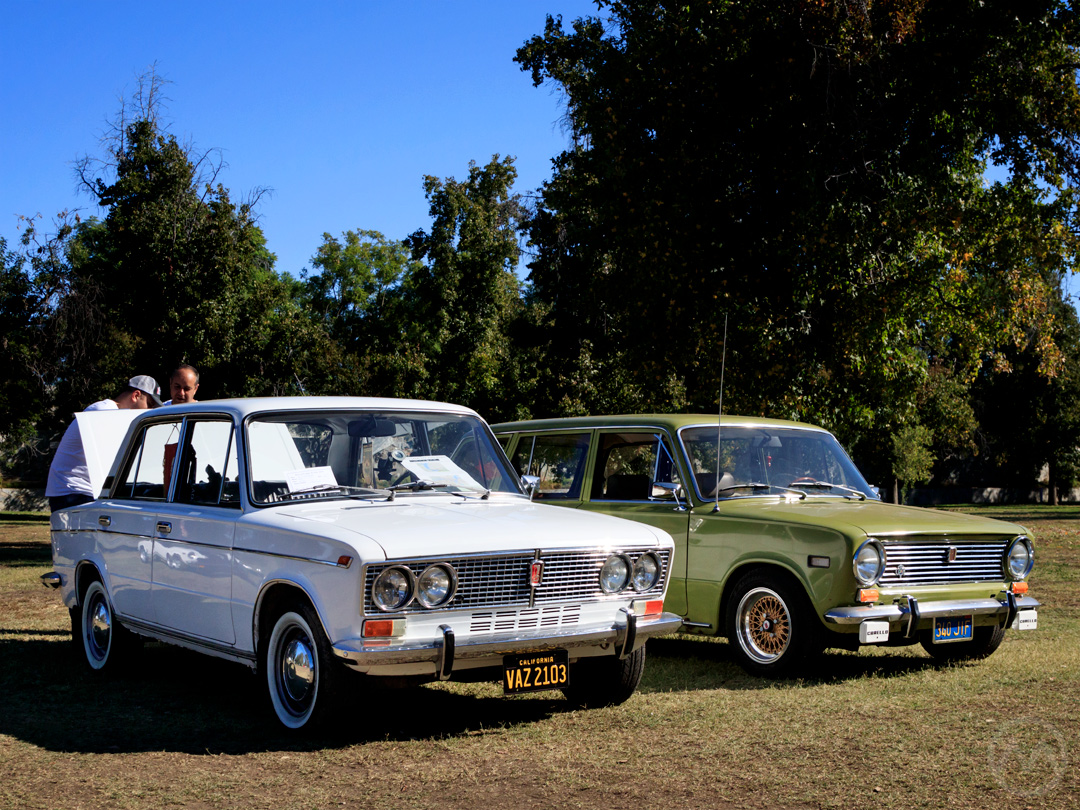
Exports were a major priority for every Communist country for two reasons. First, they brought home hard currency which could then be used for investment. Second, it was a point of pride that cars developed in the Communist world could take on Capitalist cars directly. The same was true of Airplanes – Russia’s Ilyushin IL-62 was a direct response to the Boeing 707, Douglas DC-8, and Vickers VC-10.
Zhiguli, the Russian car magazine Za Rulem decided, was not a name that would resonate with westerners. It launched a contest in late 1971 to rename the car and the winning entry was Lada, roughly translated as a term of affection similar to “my love.” One of the other entries was Madonna, which would have gotten weird later.
As production ramped up, more variations of the Zhiguli came online, including a station wagon (2102) and a slightly more luxurious 1,452-cc 2103 model in 1972. A 1,294-cc version of the engine was now added to both the regular 2101 and the 2103, and these were labeled 21012 and 21033. It was these which became the first Ladas exported in volume – to Japan, Australia, the U.K., and most of Western Europe.
In 1973, the Lada was still a fairly modern car though the compromises made to make it ideal for Russia left it somewhat heavier and slower than comparable Western cars. It was dirt cheap though, and did find an audience in Western countries. Sales were prohibited in Italy until the 124 sedans were replaced by the 131 thanks to an agreement with Fiat.
The cars were even briefly shown in the United States – appearing at the 1973 New York Auto Show. Canadian exports began in 1978, but the U.S.A. never did get any Ladas.
2106
The next member of the family would be the most popular and the most desired within the Soviet Union, at least, up to this point, and it’s the car we see here in these pictures. At home it was known colloquially as Шестёрка – the sixth one – and it was the best to date.
The new 2106 was based directly on the “luxury” 2013, but did away with some of the extra chrome of that car and it was offered at a lower price. The matte black fascias and chunky bumpers gave it a more 1970s look than the 2103. The big reason for it’s popularity, though, was speed.
At the heart of the 2106 lay a combination of parts that created a new member of the Zhiguli’s OHC engine family. It used a 78-hp 1,568-cc version of the engine that combined the pistons of the 1,294-cc engine and the crank of the 1,452-cc 2103 unit. Although the car was still only good for about 93-95 mph, the 2016 was an express train compared to the previous Zhigulis. Like them it was generally mated to a 4-speeder though in time it (like the 2101) got an automatic.
The Soviet Union built faster cars and bigger cars, but vehicles like the GAZ-24 Volga were generally out of reach of ordinary Russians. The 2106 was therefore one of the fastest and most modern vehicles you could buy in the Soviet Union and in the 1970s its performance, comfort levels, and handling were still quite contemporary. The closest domestic competitor was the Moskvitch – and the 2106 was newer, faster, and better.
The Fiat 124 was a good platform to start with and any jokes about the Lada being dated should be tempered by the knowledge that American enthusiasts were still buying 124 Spiders as late as 1985.
The 2016 debuted just before Christmas of 1975 and was instantly popular. A waiting list soon followed. Though it’s strange to think of a Lada as a “Prestige” choice, the 2106 was exactly that in the Soviet sphere. It was an enormously popular and aspirational car, and it lasted in production a very long time – into 1993, in fact.
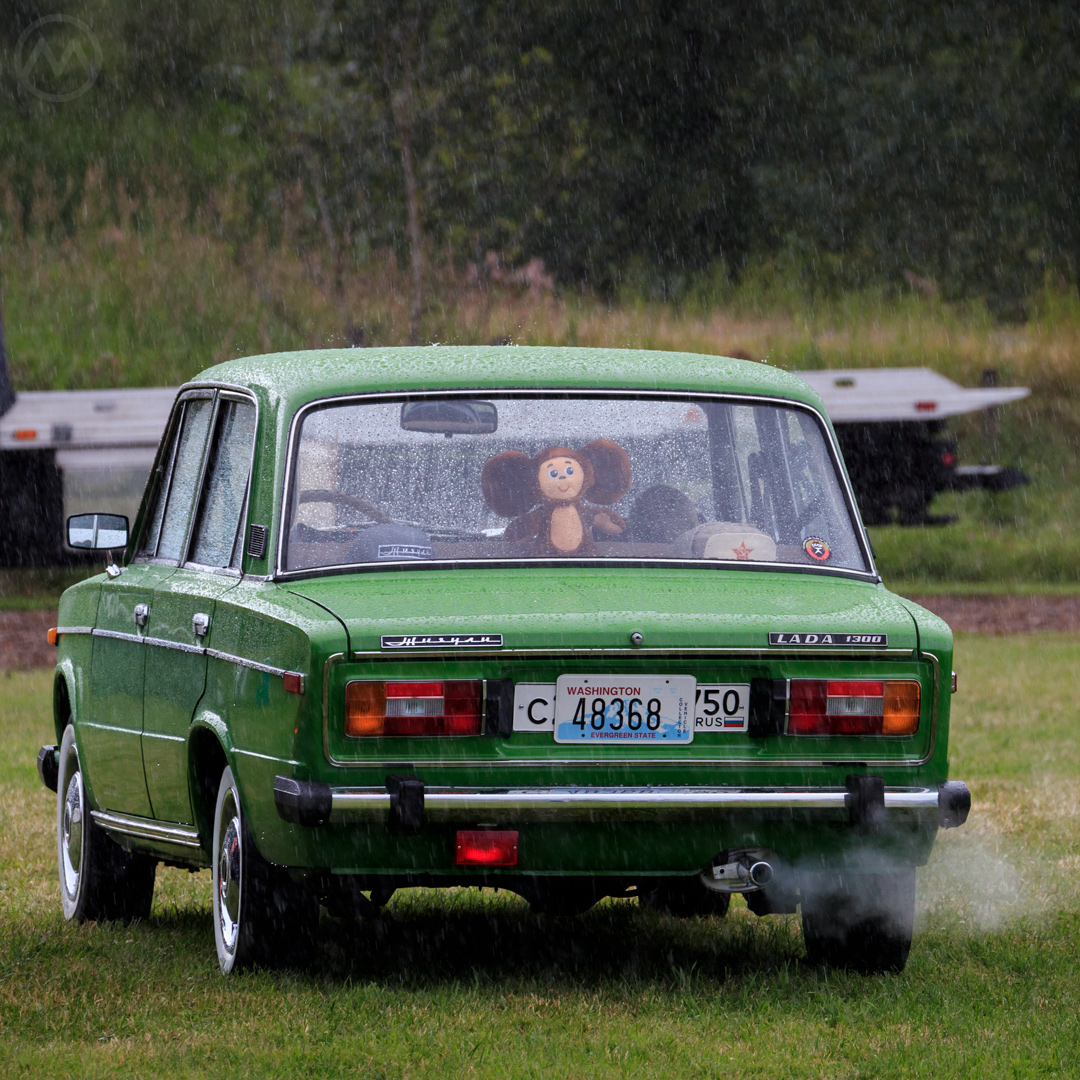
Around the time of the 2106’s debut, Polyakov retired after a decade of presiding over the factory and its cars. His replacement was Anatoli Zhitkov, who had helped shepherd the 2106 development and also worked to improve conditions in the town outside of the factory. In the rush to get cars out of the door, many worker amenities had been overlooked. Zhitkov was well-liked for his efforts, and presided over the company until 1988.
It was during the time of the 2106 that the Soviet economy began to stagnate in Brezhnev’s later years, in part thanks to increased military spending, less emphasis on developing consumer industries, and a growing reliance on oil exports to keep economic numbers up.
By this time, however, VAZ was working on a car to supplement the existing Zhiguli range and thinking of phasing out the original 2101.
In the early 1970s, the VAZ team and Fiat’s engineers had worked on a companion car for the 2101 – a front-driver to be based on the Fiat 127. This prototype, nicknamed Cheburashka for the popular, monkey-like Russian children’s TV character, never got past the prototype stages. In 1976, another experimental front-driver was made, the Lagoda. Again, nothing came of it.
But in 1978, some of the work was dusted off and work began on a new front-drive car that would once again be at class parity with new western cars. This new front-drive car was specifically intended for export, and eventually became the very different VAZ-2108, best known to westerners as the Lada Samara.
When it debuted in 1984, the new car was not so dissimilar from western small cars like British Leyland’s Metro or Citroën’s Visa. Plans for wide export had to wait a bit, and plans in general seemed to freeze around this time as Russia’s economy deteriorated. Vast sums had been spent on the Afghan invasion and the subsequent military buildup instigated by the Reagan administration, and when oil prices collapsed in 1985, the Soviet Economy went into a tailspin.
Widespread export of the Samara (it had different names in different markets) did not begin until 1988/89, and planned phase-outs of the old Rear-drive cars were also delayed.
The original 2106 remained in production until the spring of 1984, but versions of it continued into the 1990s. A host of facelifted rear-drive Zhigulis sprouting diesel engines and rotary engines (mainly for police work) appeared in the 1980s and the cars were still in strong demand at home.
They were also still popular in some export markets – now that much more important because petro-dollars were in short supply. In the late 1980s, 20,000 Ladas a year were being sold in the United Kingdom and a smaller number in Canada. By the end of the 1980s the Zhiguli was off the pace in these markets but a low price still meant interest into the mid-1990s. Many changes came with the dissolution of the Soviet Union, but the cars continued rolling off the line for another 20+ years.
No Ladas were ever officially sold in the United States, but enthusiasts began bringing them in from Canada in the 1990s and early 2000s, and large expat communities have also seen enthusiasts bring them in from “back home” in larger numbers in the past decade. This gorgeous 2106, complete with Cheburashka in the back, is part of the Classic Car Club of Pacific (CCCP) collection, which you can learn more about at SovietCar.com.

